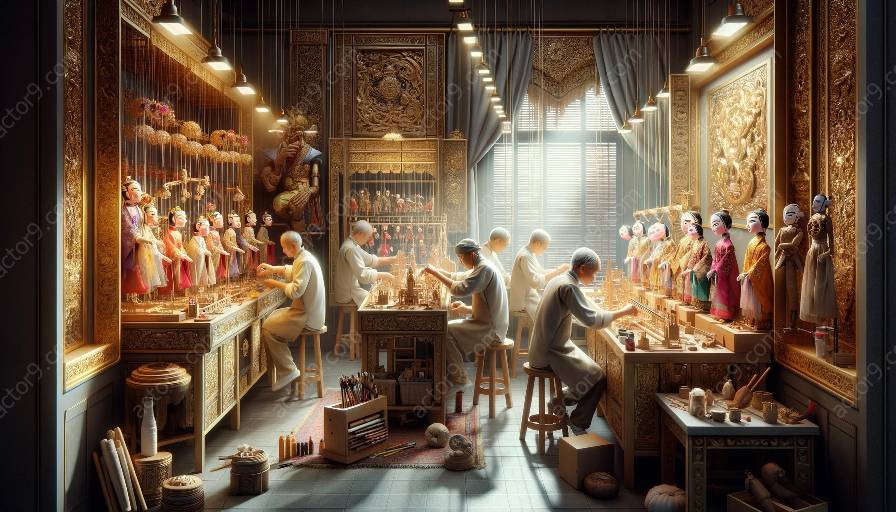Puppet construction is an art form that has been influenced by cultures from around the world. Understanding the cross-cultural influences on puppet construction not only provides insight into the rich history of puppetry, but also allows for a deeper appreciation of the diverse techniques and materials used in creating these fascinating characters.
Why Cross-Cultural Influences Matter in Puppet Construction
Cultural influences play a significant role in puppet construction, impacting the materials, styles, and techniques used to create puppets. By examining the cross-cultural influences on puppet construction, we can gain a better understanding of the diverse representations and meanings that puppets embody across different societies.
Characteristics of Cross-Cultural Puppet Construction
When exploring the cross-cultural influences on puppet construction, it's essential to consider the following aspects:
- Materials: Different cultures utilize a wide range of materials in puppet construction, including wood, fabric, leather, and more. Each material carries its own cultural significance and storytelling traditions, making it crucial to understand the cultural context behind the materials.
- Styles: Puppetry styles vary greatly across cultures, from intricate hand puppets to elaborate shadow puppets. By recognizing these styles, puppet makers can draw inspiration from diverse cultural traditions and incorporate them into their own creations.
- Techniques: Various construction techniques, such as carving, sculpting, sewing, and painting, are influenced by cultural practices. Learning about these techniques enriches the understanding of puppet construction and allows artisans to integrate cross-cultural influences into their work.
Techniques and Considerations in Cross-Cultural Puppet Construction
Integrating cross-cultural influences into puppet construction requires a sensitive approach. Here are some techniques and considerations to keep in mind:
- Research: Conduct in-depth research on the cultural and historical context of the puppet's inspiration. This includes studying traditional clothing, symbolism, and cultural narratives to ensure authenticity in the puppet's design.
- Collaboration: Engage with artists and experts from different cultural backgrounds to gain valuable insights and perspectives. Collaboration fosters cultural exchange and ensures that the construction process is respectful and accurate.
- Adaptation: While incorporating cross-cultural influences, it's essential to adapt techniques and materials to fit the specific requirements of the puppet, ensuring that the final creation remains true to its intended purpose and function.
Embracing Diversity in Puppet Construction
In today's globalized world, acknowledging and celebrating cross-cultural influences on puppet construction is more important than ever. By embracing diversity and understanding the various cultural elements that contribute to puppetry, artisans can create a more inclusive and rich tapestry of puppet characters.
Conclusion
The cross-cultural influences on puppet construction shape the art of puppetry in profound ways. By delving into the materials, styles, techniques, and considerations involved in creating diverse cultural puppets, we can gain a deeper appreciation for the global impact of puppet construction. Embracing cross-cultural influences enriches the art form, allowing for the creation of puppets that reflect the richness and diversity of human cultures.


























